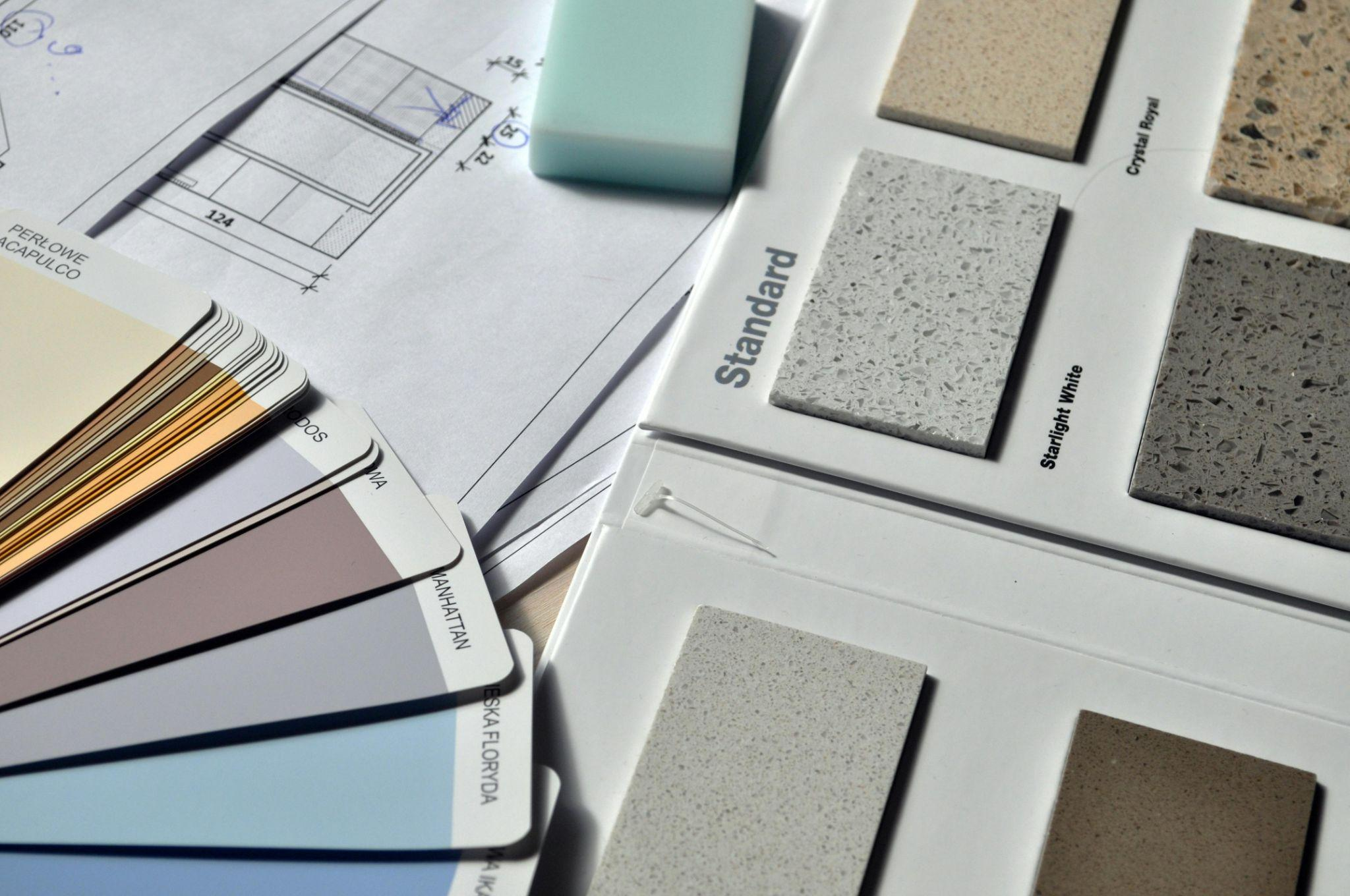Staying in a familiar home can bring comfort during later years. Many people want to remain where they feel safe. They prefer the surroundings they know well. People feel more secure when they are in control of their space.
As people age, their home needs change. Safety and comfort take priority. Some also look for ways to fund upgrades. One way to begin is by finding reverse mortgage information. This helps them understand options and make better plans for the future.
Updating the Bathroom for Safety
The bathroom often presents the riskiest place for slips and falls. Small changes can lower risks. Installing grab bars can help with balance. A walk-in shower removes high steps. Non-slip floors add grip underfoot.
Raised toilets are easier to use. Lever handles on faucets can replace knobs. Bright lights improve visibility. These adjustments turn a tricky space into a safer one. They also keep daily routines simple and stress-free.
Some people add a bench inside the shower. This provides support while washing. Hand-held shower heads also improve flexibility. These upgrades give more control, allowing seniors to stay independent in one of the most personal areas of the home.
Making the Kitchen Easier to Use
Kitchens often have hard-to-reach cabinets. Bending or climbing can be risky. A few design changes can solve this. Lowering shelves brings items within reach. Pull-out drawers also help.
Appliances should be easy to read and operate. Controls on the front are best. Lever-style handles are better for weaker hands. Open space allows for easier movement. These updates create a user-friendly space that supports independence.
Microwaves installed at counter height are easier to access. Wide paths between cabinets help those who use wheelchairs or walkers. These changes remove stress from daily cooking. They make the kitchen a place of ease and comfort.
Improving Home Entry Points
Steps at the front door can be a problem. Ramps provide smoother access. This works for wheelchairs, walkers, or even just tired knees. Wider doorways help too.
Inside, stairs can become more difficult with age. Some people add stair lifts. Others set up bedrooms on the main floor. These changes reduce stress. They also make movement throughout the home easier.
It helps to add handrails on both sides of the staircase. A strong railing provides extra balance. Motion lights near entryways also improve safety. They keep paths well lit when entering or leaving at night.
Enhancing Light and Visibility
Older eyes need more light. Dim areas make falls more likely. Better lighting is a simple fix. Bright lights in halls and bathrooms help a lot.
Motion lights turn on when someone enters a room. This removes the need to find a switch. Using strong color contrast between walls and floors helps with depth and direction. These small details keep things safe and clear.
Skylights and larger windows can add natural light. This improves mood and helps with sleep. Window shades that block glare but still allow daylight are a smart addition. Good lighting supports both safety and comfort.
Choosing Safer Flooring Options
Floors must offer grip and support. Slippery tiles and throw rugs create hazards. It’s better to use low-pile carpet or textured vinyl. These options reduce the chance of falls.
Flooring should stay level from room to room. Door thresholds can cause trips. Removing these makes walking easier. A smooth floor helps those who use canes or walkers. It also keeps the home looking clean and simple.
Hardwood can be used if it has a textured surface. Glossy floors should be avoided. Rubber mats near sinks or showers can prevent slipping.
Adding Smart Home Features
Smart technology makes home life easier. Voice assistants let users control lights or play music. Some can even make phone calls. These tools need little effort to use.
Video doorbells show who is outside. Smart thermostats adjust temperatures on their own. Emergency alerts send signals when help is needed. These systems add peace of mind. They also allow family to check in from a distance.
Smart plugs can also turn devices off automatically. That reduces fire risk. Technology now supports freedom instead of limiting it. With a few updates, the home feels modern and safer.
Planning for the Cost
Renovations take planning and money. Not everyone can afford big changes all at once. Planning ahead helps reduce that stress. Gathering the right information is the first step.
Reverse mortgage information is often a useful starting point. This type of loan allows people to access the value of their home. The money can support repairs or safety updates. Repayment does not happen until the home is sold or no longer lived in.
Other people turn to savings or government help. Each option depends on individual needs. Speaking with a trusted advisor can help find the best fit. Planning early often saves time and prevents delays.

